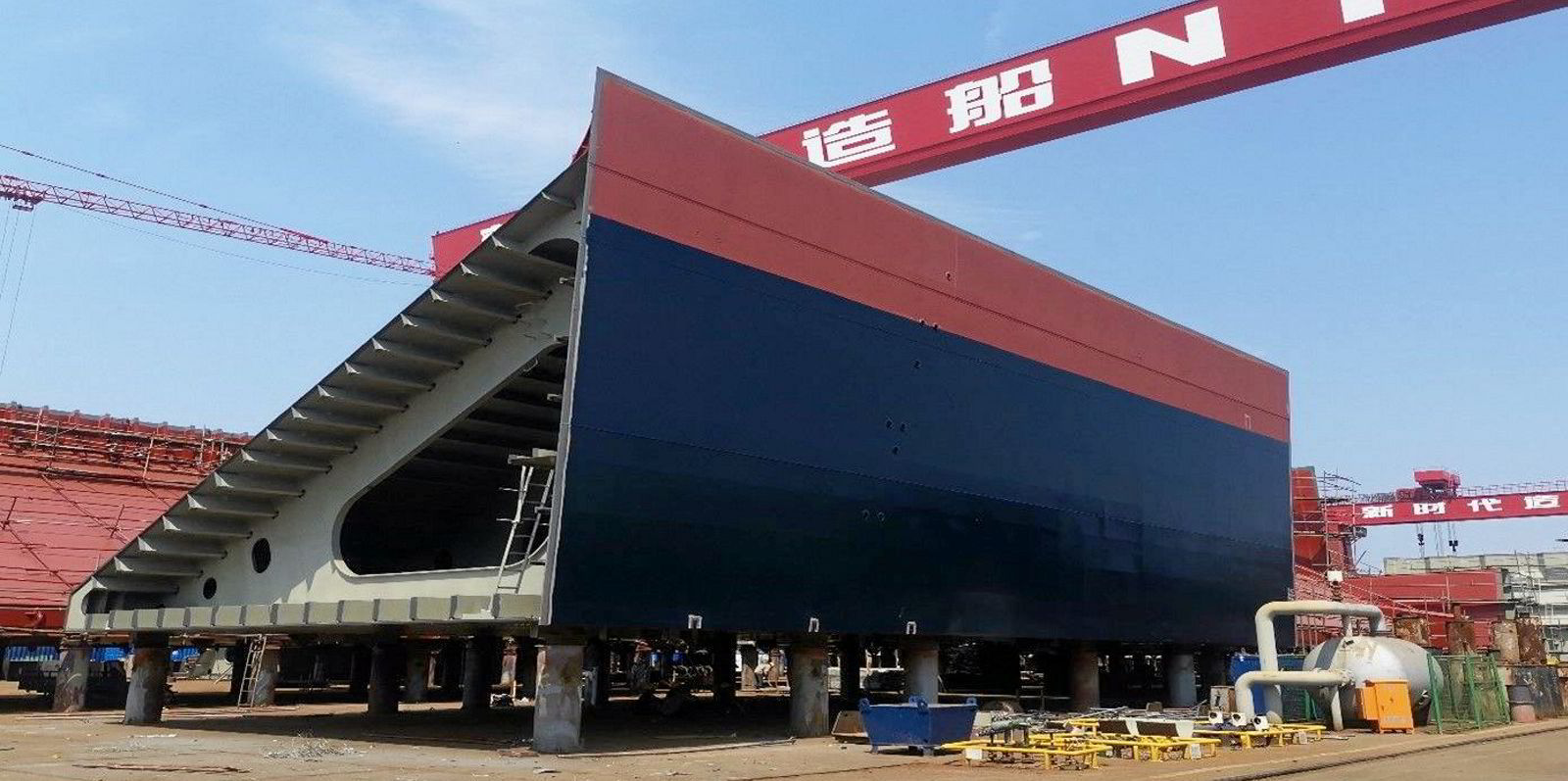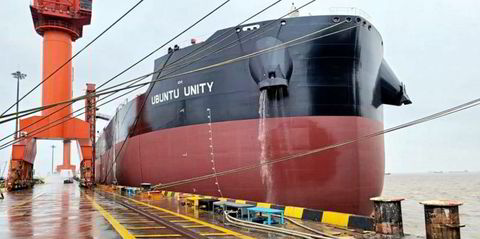Dry bulk shipping has been able to maintain elevated spot rates despite a weak steel market, thanks to very low vessel supply across all sectors, Jefferies analyst Omar Nokta said.
The Baltic Exchange’s Capesize 5TC basket of spot-rate averages across five key routes jumped 10% on Tuesday to $18,611 per day to mark its highest point since late July.
The Panamax 5TC edged up 1.9% on Tuesday to $18,987 per day, while the Supramax 10TC picked up $62 per day to achieve $18,351 per day.
The Handysize 7TC also saw modest progress on Tuesday, attaining $101 per day to land at $18,313 per day.
Nokta noted that dry bulk shipping’s spot rates are staying up, regardless of demand factors and holidays, for one main reason: tight supply.
“Higher rates today are notable as China’s Golden Week is underway, leading typically to softer overall spot volumes,” he wrote in a note on Tuesday.
“We note that dry bulk rates, in general, have thus far been able to maintain higher highs and higher lows despite a very tough steel market backdrop.
“This highlights, in our view, the tight supply balance of ships, which we expect will remain tight over the coming years due to stricter regulatory hurdles and a low newbuilding orderbook.”
The number of bulkers in the global fleet of cargo ships stands at 13,105 vessels, according to Clarksons data.
Fleet growth projections for this year are 2.8% for this year and 0.8% for 2023, compared to a high of 14.8% in 2011.
Panamaxes are forecasted to see its global fleet of 3,008 vessels grow 3.6% this year and 1.6% next year, compared to a growth high of 12.2% in 2011.
The capesize fleet, which accounts for 1,937 ships, is expected to expand by 2.2% this year and by 0.3% in 2023. That compares to historic growth of 19% in 2011.
The handysize fleet of 4,069 vessels is set to grow 2.6% this year but contract by 2.1% in 2023.
The dry bulk orderbook came in at 960 vessels for this year, up from 799 ships in 2021 but well below the 2009 high of 4,158 ships.






